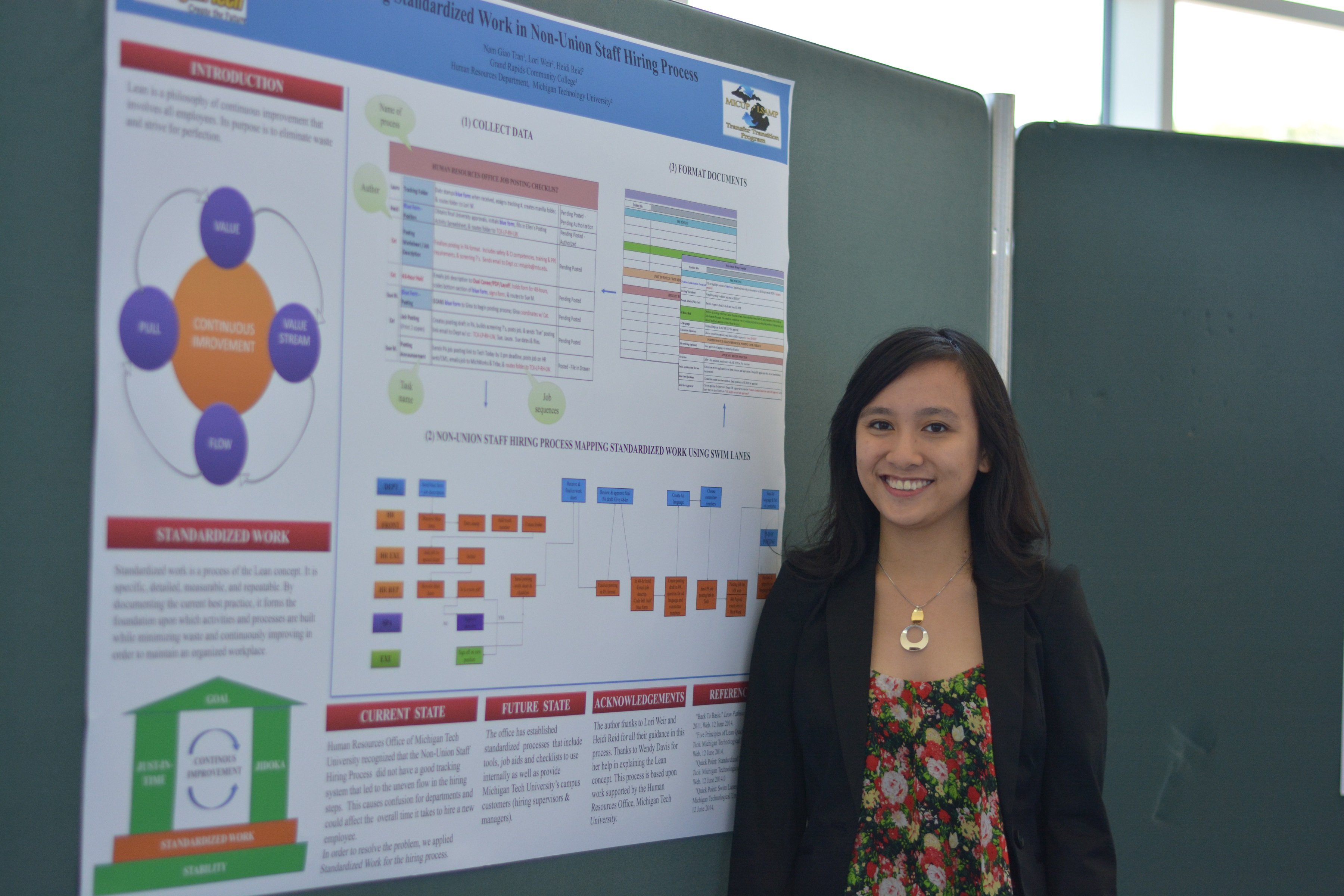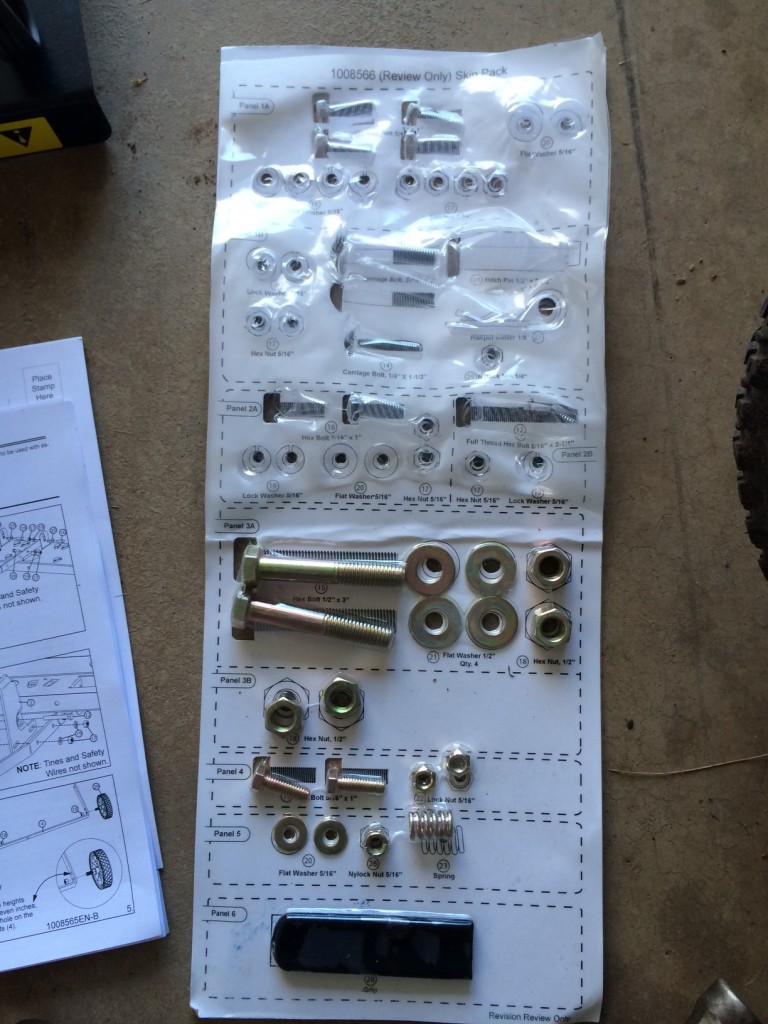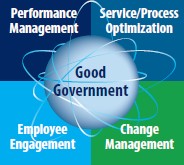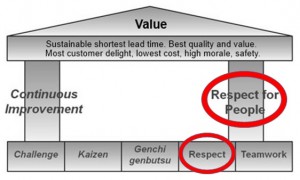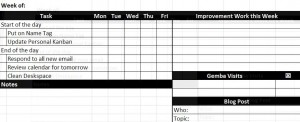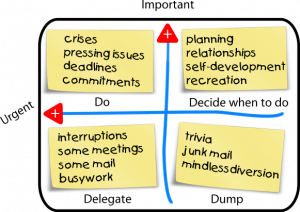We are pleased to present this guest blog post by Megan Ross, Business Analyst in Auxiliary Services and campus Lean Facilitator.
As a Business Analyst I have many “projects” that come across my desk, my work. Some of these so-called projects are really just things that I need to do and be done with while others require a lot of time, effort and need some further prioritization. I have been tracking “What’s Happening” in a Smartsheet, which I have been using as a kind of overall personal kanban. I can see what things I have on my plate, what department it is for, when the work started and some notes about where it is currently at. My boss and I also began using Trello for kanbans on bigger projects that show all of the little tasks, due dates, etc. This still didn’t help to prioritize all those things on my plate in the Smartsheet. What work should I be spending my time on?
The next phase in the evolution of my personal kanban was to add in a status column on Smartsheet. Great! Now I can see if I am actively working on it, it is just an idea, someone outside is working on it, it’s not started yet, or I’m waiting for a reply. I also put in a column with a follow up date and set up a reminder based on that date. This eliminates the need for me to constantly review everything on the sheet. I just need to wait for the reminders on the Waiting for Reply or Outside Work Happening statuses. But I still have all of the Active work and Not Yet Started Work. What do I work on now?
I started playing around with assigning a type to each piece of work. My first thoughts were categories ranging from “Just Do It” items which would be simple tasks that I could just work on to “projects” which were some vague amount bigger in scope and outside involvement. I took all of the current things on my list, put them on sticky notes and tried to put them into these categories, but it just didn’t work. The categories were not quite right and some items didn’t fit in any or fit in more than one. Then it hit me…there were two criteria that I was gauging each item on, but I was trying to combine them into one! This started a brainstorm session with my boss. We spent about an hour hashing things out and then fitting those sticky notes into my new matrix.
The first criteria is how much involvement, effort, or work the item is for me personally. Is it just day-to-day tasks that I need to work on, a request I need to make on someone’s behalf, doing a little bit of investigative work, collaborating with others, or an in-depth analysis of something? The second criteria is how much outside engagement is needed for this item from none to basic to advanced. Now I have a matrix!
Some of the sections still have a lot of sticky notes in them, so I still needed a way to refine them. I realized that each one comes with some kind of priority or impact level assigned either by the requesting department or myself. This could be a multiplier added into the mix. That was when it hit me. I just recreated the ICE prioritization tool in my own words! (For those of you without a Michigan Tech login to view the Quick Point, ICE is a lean tool normally used to prioritize countermeasures. You rate the countermeasure on the Impact it will have, the Control you have over it, and the Ease of implementation, multiply the numbers together and get a ranking. You can also check out the ICE Rap that one of our former student employees made about a year ago.) For my matrix, my level of involvement or effort relates to the ease – how easy is it for me to get done, control is the level of outside entity engagement and the impact is that priority multiplier. I am now moving forward with refining my prioritization and learning what the numbers actually mean.
Sometimes you have to work through it on your own and in your own language to really understand something. The other lesson I learned is that the tools and methods we learn that we call Lean or Six Sigma or any other title you give it can be applied in many different ways. Just because you learn about ICE as a tool for prioritizing countermeasures doesn’t mean that is where its application ends. I certainly wasn’t thinking of how to prioritize my work as a “Lean” project! It is about the way of thinking and applying that learning in all kinds of other ways that really has value.
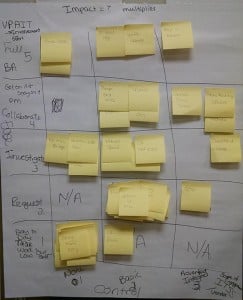

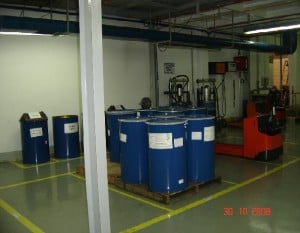 to ensure the gains made with the 5S activity are maintained.
to ensure the gains made with the 5S activity are maintained.